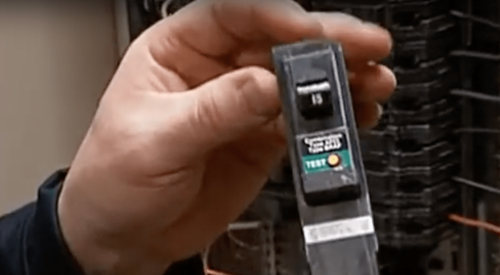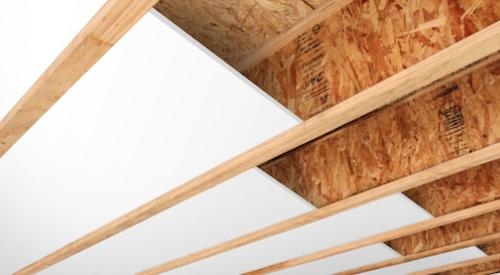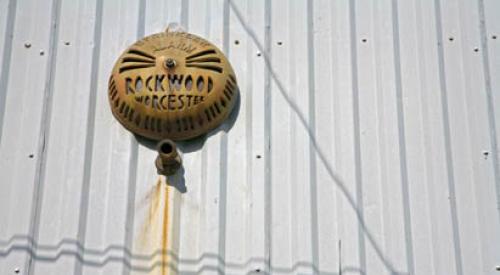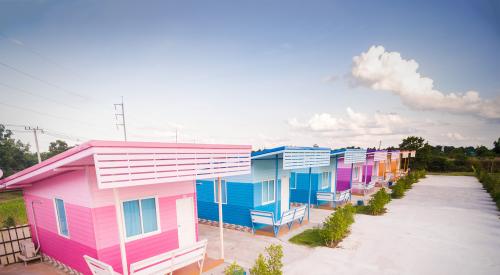A milestone in fire protection laws is emerging on two fronts as fire sprinkler advocates push for requirements to install them in all new residences. However, whether they are the ultimate protection for people and property is still being hotly debated.
The National Fire Protection Association revised its NFPA 101, NFPA 5000, and NFPA 1 model codes last year to require fire sprinklers in new one and two-dwelling homes.
Meanwhile, the International Code Council (ICC) amended its 2006 International Residential Code (IRC) to include sprinkler requirements in new one- and two-family homes and townhouses.
It is the first time NFPA and ICC codes include requirements for residential fire sprinklers. Government jurisdictions are not obligated to adopt the model codes, but many do or look to them for guidance in developing their own.
Eighty percent of U.S. fire deaths annually occur in homes, according to the NFPA, and occupants have an 82 percent chance of survival in homes with sprinklers and smoke alarms.
"We do not believe based on the cost of sprinklers and the life safety improvements that they provide, that it is cost-effective at this time, and therefore it should not be included as a mandatory minimum requirement," says NAHB's Jeff Inks, assistant staff vice president of codes and standards. He adds that improvements in mechanical, electric and structural systems have already dramatically boosted occupant safety, and NFPA has used flawed reasoning based on data from older homes.
The ballpark for system costs is about 1.5 percent of total building costs. Sprinklers would add about $3,400 to the cost of a $225,000 home. Inks says that price increase would push some buyers out of the market.
The Home Fire Sprinkler Coalition points to Scottsdale, Arizona's success. Sprinklers have been required in all new homes there since 1986 and today, more than half the homes have them. No deaths have occurred in homes with sprinklers, but 13 people died in homes without them. The average property damage was $2,166 in homes with sprinklers, compared to $45,000 in homes with no systems.
Carmine Schiavone, vice president of business development and communications for Tyco Fire & Building Products based in Lansdale, Penn., says manufacturers are striving to bring system costs down further — something NAHB persists for — by using plastic instead of copper piping and hooking sprinklers into the home's main cold-water plumbing system. Reducing labor costs could also significantly impact sprinkler prices, he adds.
He touts benefits to builders: reduced liability in case of a fire; and protection from vandalism for homes under construction.
Sprinkler designs vary from more conspicuous styles for certain areas, particularly unfinished rooms, to concealed sprinklers in finished rooms. One sprinkler can cover up to a 20x20 area.
Gary Keith, NFPA vice president of building and life safety, and the HFSC's steering committee chairman, concedes that if widespread adoption occurs, it will happen gradually as jurisdictions reconsider their codes over the next few years.
"We know that it is going to probably take a cycle or two for people to get used to this idea, particularly for adoption of those codes at the state level because there is no state right now that has that kind of requirement," he says.
Contributing editor, Martha Russis, frequently writes on housing issues for national and regional publications.












